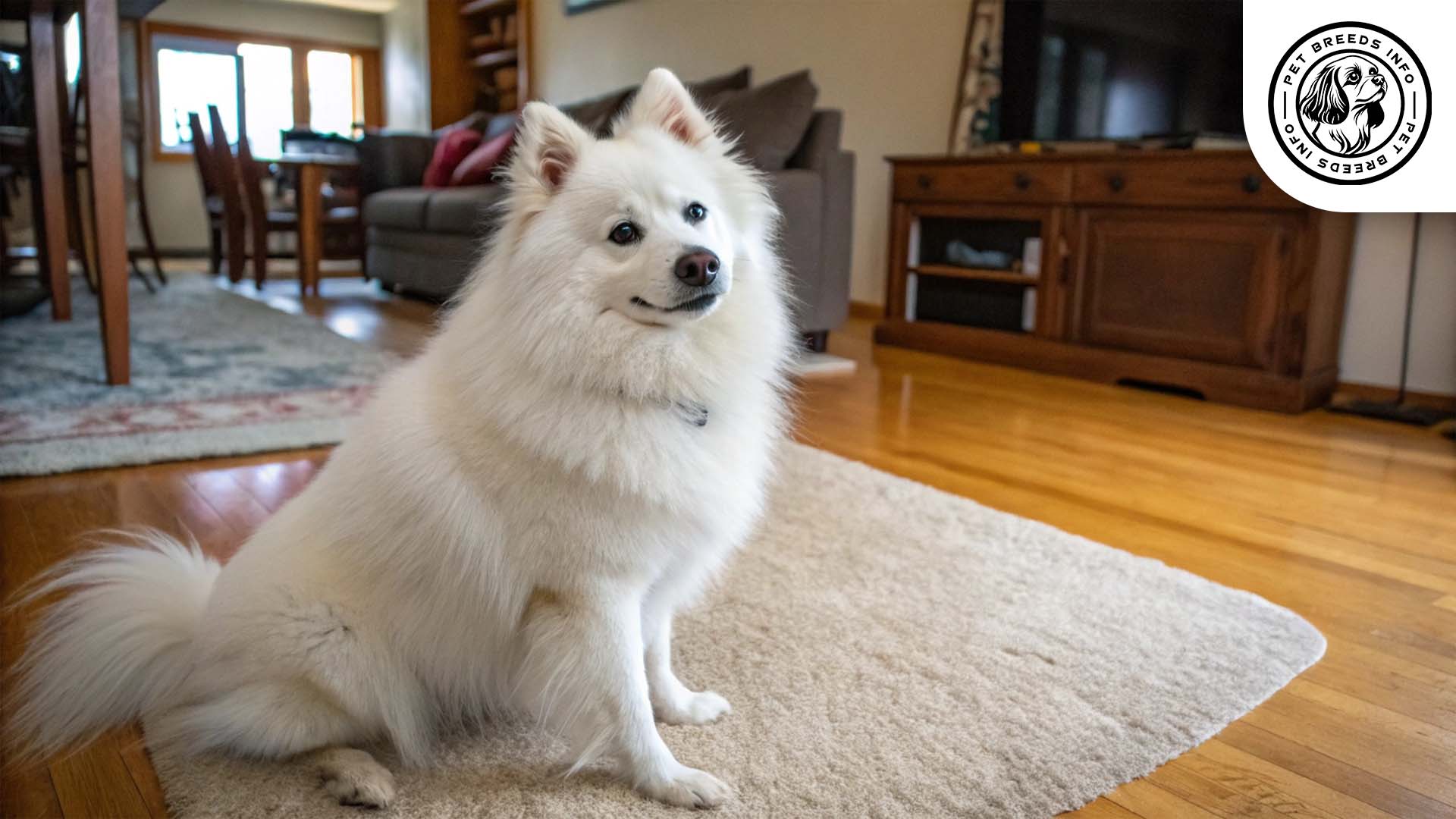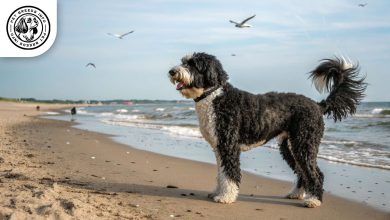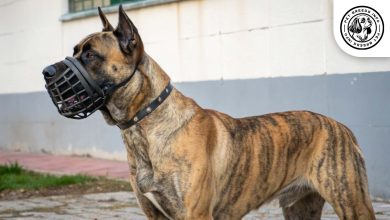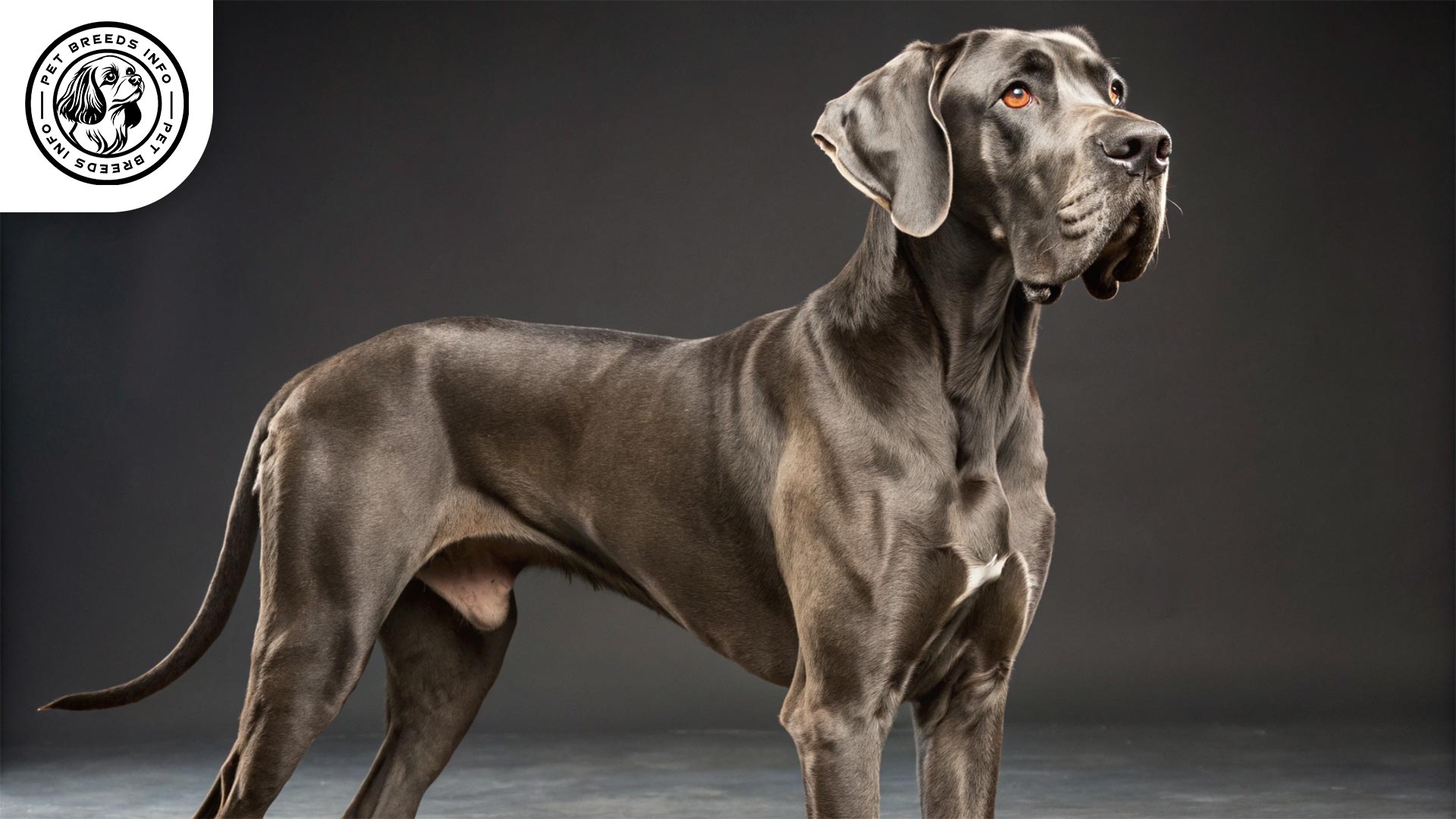American Eskimo Dog Breed : Size, Price & Personality
General Introduction of the Breed
The American Eskimo Dog, commonly known as the “Eskie,” originates from the United States. Despite its name, it is not associated with Eskimos and is believed to have descended from various European spitz-type breeds, including the German Spitz and the Keeshond. The breed gained popularity in the early 20th century for its intelligence and agility, often used as a performing dog in circuses.
Table of Contents
| Weight | Toy: 5-10 lbs (2-4.5 kg), Miniature: 10-20 lbs (4.5-9 kg), Standard: 25-35 lbs (11-16 kg) |
| Lifespan | 12 to 15 years |
| Diet | High-quality, protein-rich diet, with minimal fillers or grains |
| Care | Daily exercise, frequent brushing (2-3 times a week), grooming, nail trimming, ear cleaning, dental care |
| Health | Prone to hip dysplasia, progressive retinal atrophy (PRA), obesity, and dental issues |
| Color | Always white or white with biscuit cream markings |
| Nature | Intelligent, affectionate, energetic, friendly, social, playful |
| Price | $500 – $2,000, depending on size, breeder, and location |
Physical Characteristics
The American Eskimo Dog comes in three size varieties: Toy (9-12 inches tall, 5-10 pounds), Miniature (12-15 inches, 10-20 pounds), and Standard (15-19 inches, 25-35 pounds). It has a thick, double coat that is always white or white with biscuit cream markings. The eyes are almond-shaped and dark brown, and the ears are small, erect, and triangular. The tail is plumed and curls over the back, giving the breed a distinctive, elegant look.
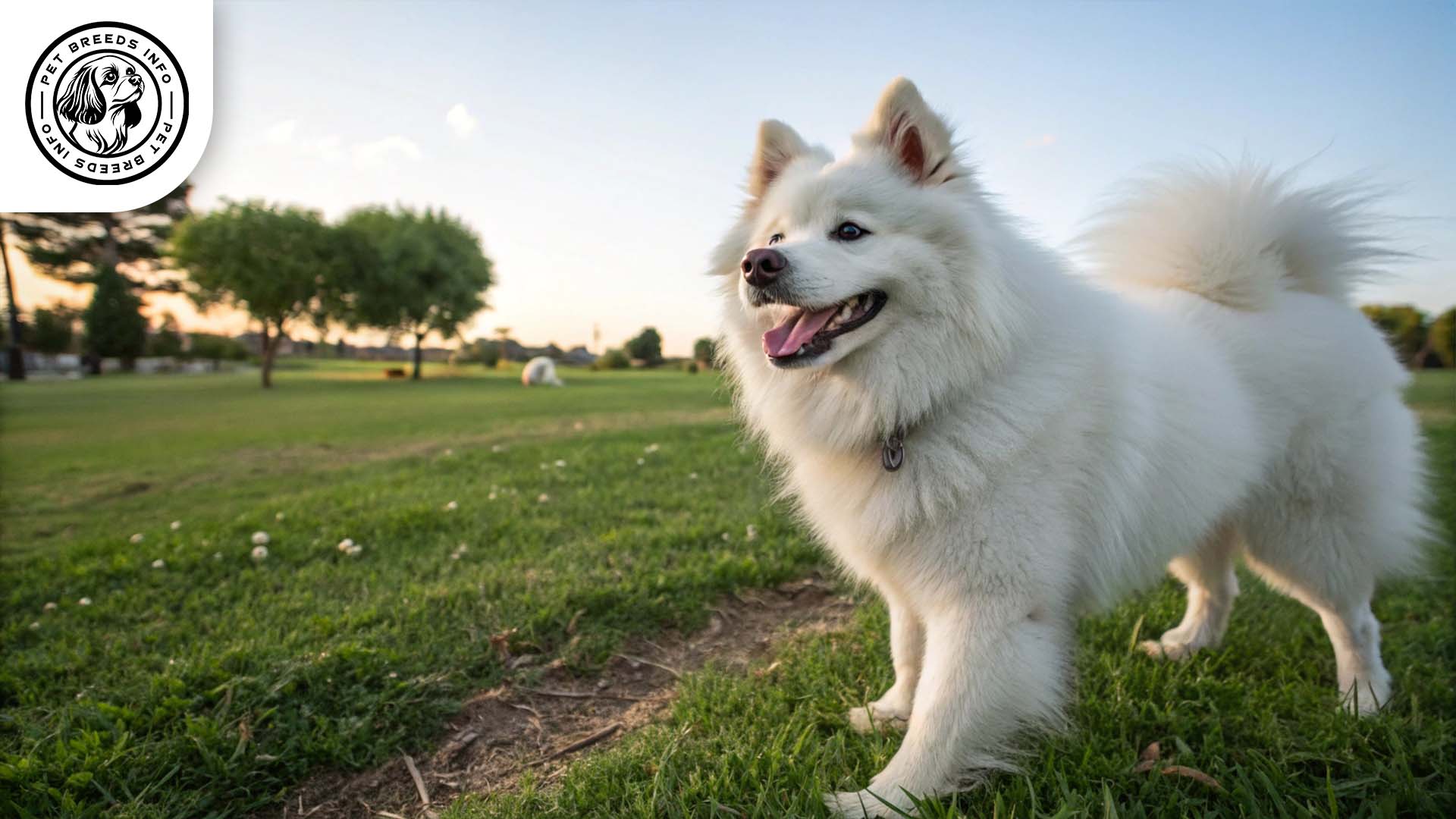
Personality and Temperament
The American Eskimo Dog is extremely intelligent and quick to learn new commands. They are energetic and require regular physical and mental stimulation. Highly affectionate, Eskies form strong bonds with their families and love being around people. They are naturally friendly and social, making them excellent companions for both adults and children. However, they can be wary of strangers at first, making them good watchdogs. Their playful nature makes them great family pets, but they are sensitive to environmental changes and do best in a stable home environment.
Read More: Afghan Hound Dog
Care and Maintenance Requirements
The Eskie requires daily exercise, such as brisk walks, play sessions, or interactive games. While they can adapt to apartment living, they thrive in homes with yards where they can run freely. Their thick coat requires frequent brushing, at least 2-3 times a week, to prevent matting and excessive shedding. They are highly tolerant of cold weather but can struggle in hot and humid climates, so owners should ensure they stay cool in warm conditions. Routine grooming includes regular nail trimming, ear cleaning, and dental care to keep them healthy.
Diet and Nutrition
A high-quality diet, either dry kibble or raw food, is ideal for the American Eskimo Dog. Protein-rich foods support their active lifestyle, and grains or fillers should be minimized if they have sensitivities. Foods such as chocolate, grapes, onions, and high-fat foods should be avoided. Portion size depends on the dog’s size and activity level, but typically, they should be fed two meals a day to maintain a healthy weight.
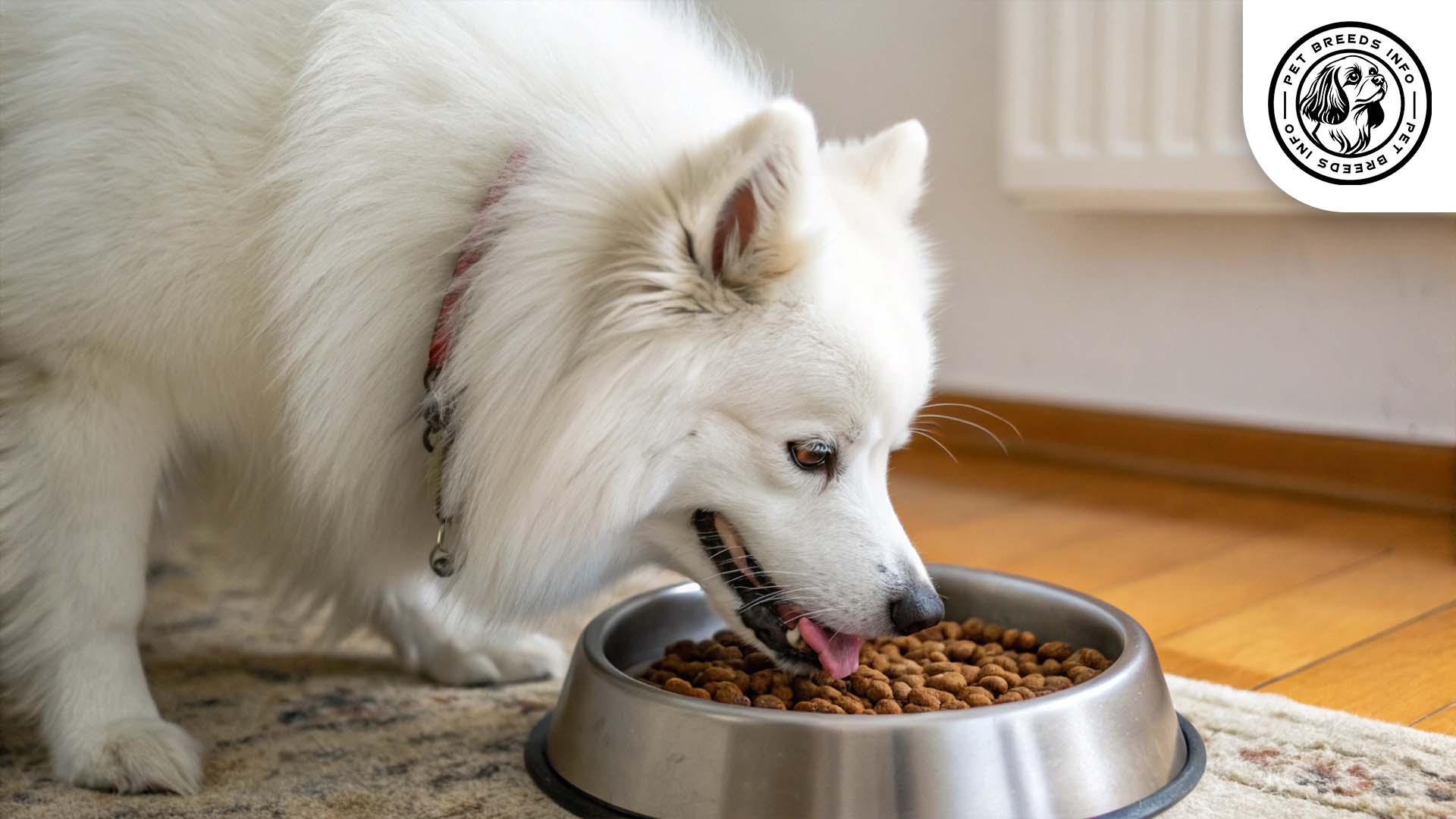
Health and Common Medical Issues
Common health concerns for the breed include hip dysplasia, progressive retinal atrophy (PRA), and dental issues due to their small mouths. They can also be prone to obesity if not given enough exercise. The average lifespan of an Eskie ranges from 12 to 15 years. Routine vet checkups, vaccinations, and dental cleanings help maintain their overall well-being.
Read More: American Cocker Spaniel Dog
Training and Behavior Management
The American Eskimo Dog is highly trainable, but they can be strong-willed. Positive reinforcement methods, such as treats and praise, work best. Early socialization is essential to prevent excessive barking and nervous behavior. Consistency in training is key, and owners should focus on obedience training from a young age. Their intelligence makes them excel in agility and trick training.
Interaction with Other Animals and Humans
Eskies are affectionate with children but should be supervised during rough play. They generally get along well with other pets, especially if raised together. While they can be independent at times, they prefer human companionship and dislike being left alone for long periods. They thrive in family environments where they receive plenty of attention.
Read More: American Bulldog Dog
Price and Availability
The price of an American Eskimo Dog varies depending on the size and breeder but typically ranges from $500 to $2,000. Prospective owners should seek reputable breeders or consider adoption from shelters or rescue organizations. It is essential to ensure that puppies come from ethical breeding programs that prioritize health and temperament.
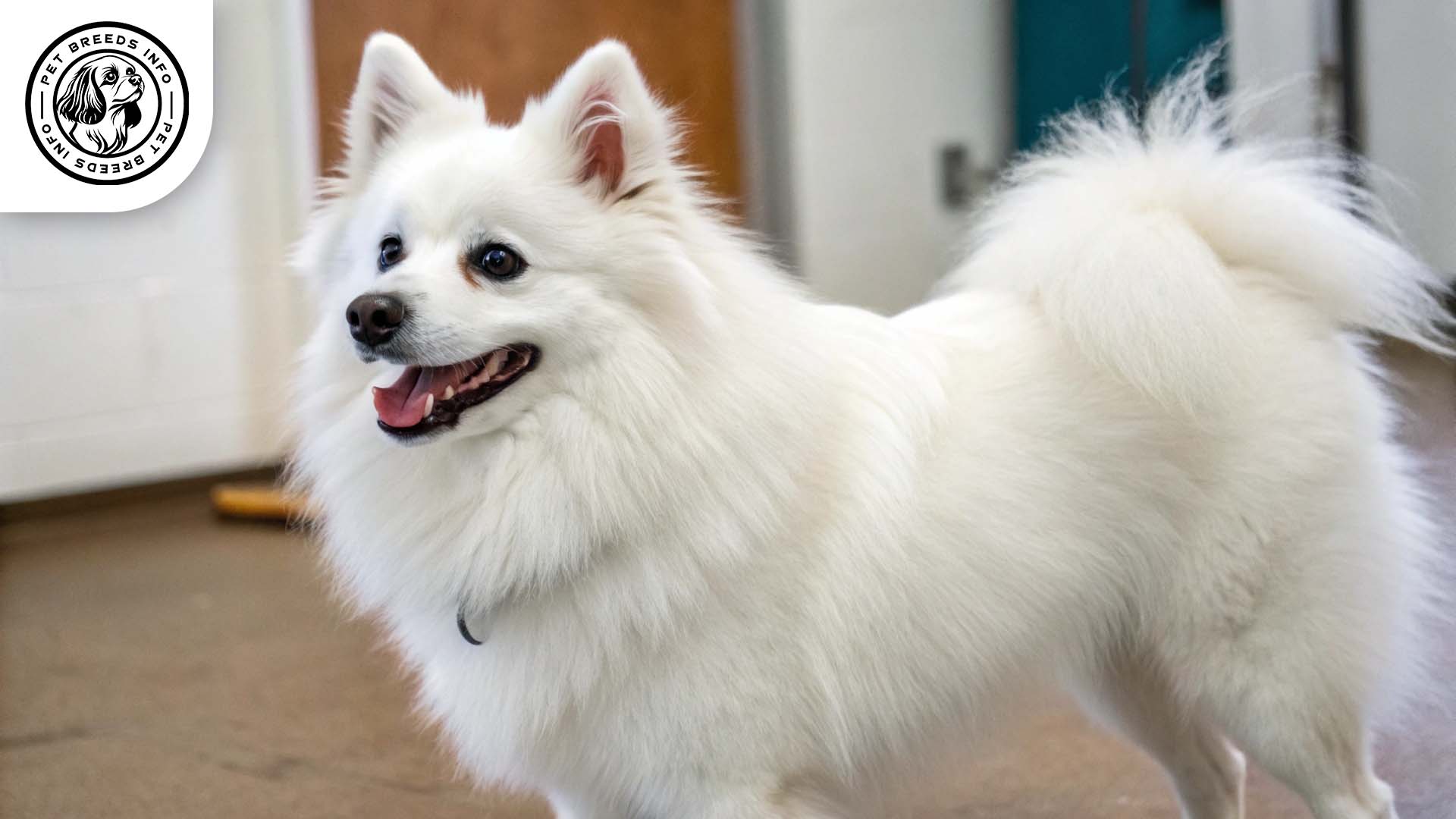
Conclusion and Final Thoughts
The American Eskimo Dog is a loving and intelligent breed, making it an excellent choice for active families or individuals who can devote time to training and socialization. They thrive in environments where they receive consistent attention, making them less suited for owners who are frequently away. Those considering bringing an Eskie into their home should be prepared for regular grooming, training, and exercise to ensure a happy and healthy companion.
FAQ
How much exercise does an American Eskimo Dog need?
The American Eskimo Dog requires daily exercise, such as brisk walks, play sessions, or interactive games, to stay happy and healthy.
What is the lifespan of an American Eskimo Dog?
The American Eskimo Dog typically lives for 12 to 15 years with proper care.
How often should I groom my American Eskimo Dog?
Their thick coat requires frequent brushing, at least 2-3 times a week, to prevent matting and shedding.
Are American Eskimo Dogs good with children?
Yes, they are affectionate and generally get along well with children, though supervision during rough play is advised.
What are some common health issues in American Eskimo Dogs?
Common issues include hip dysplasia, progressive retinal atrophy (PRA), obesity, and dental problems due to their small mouths.
